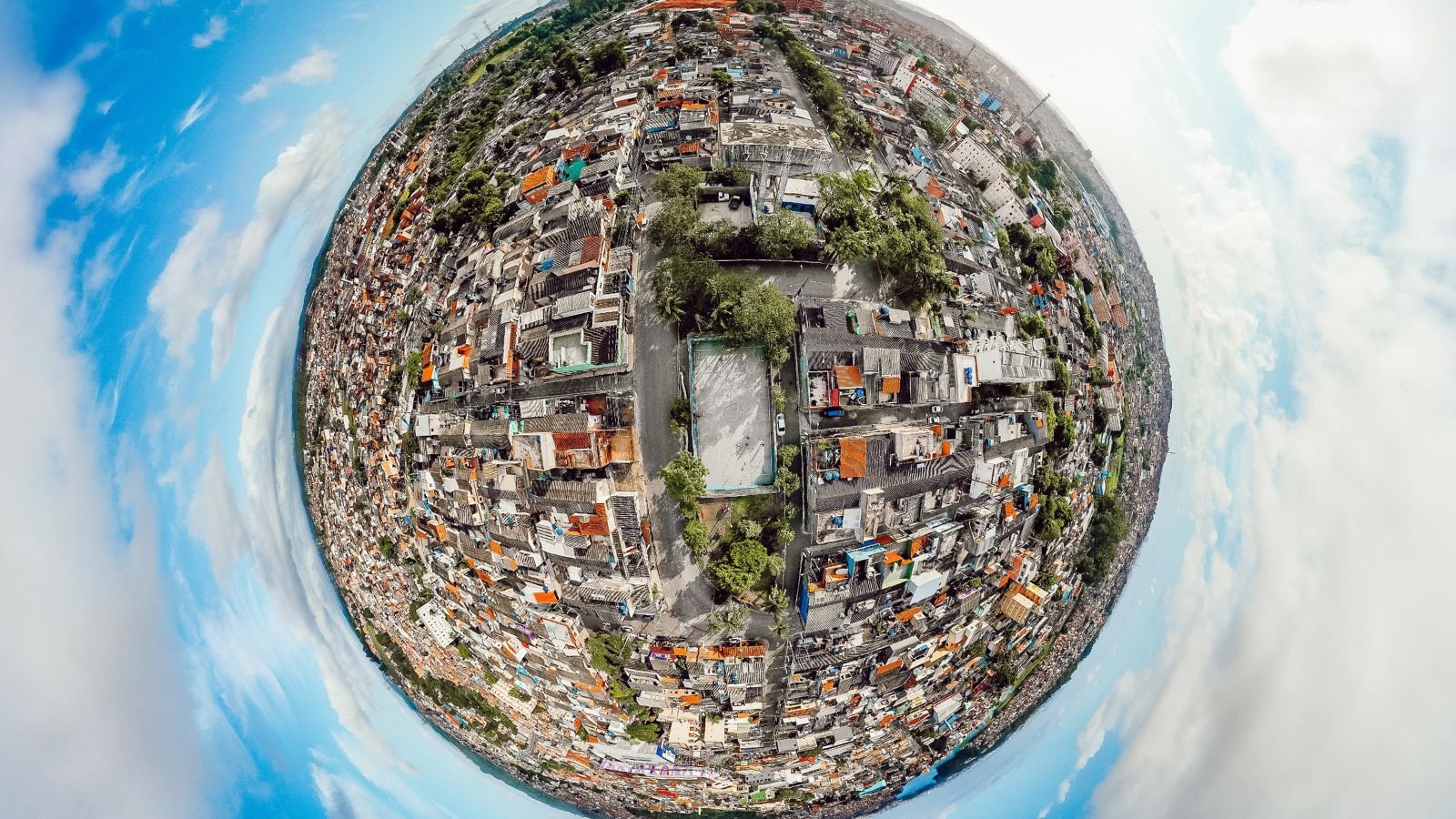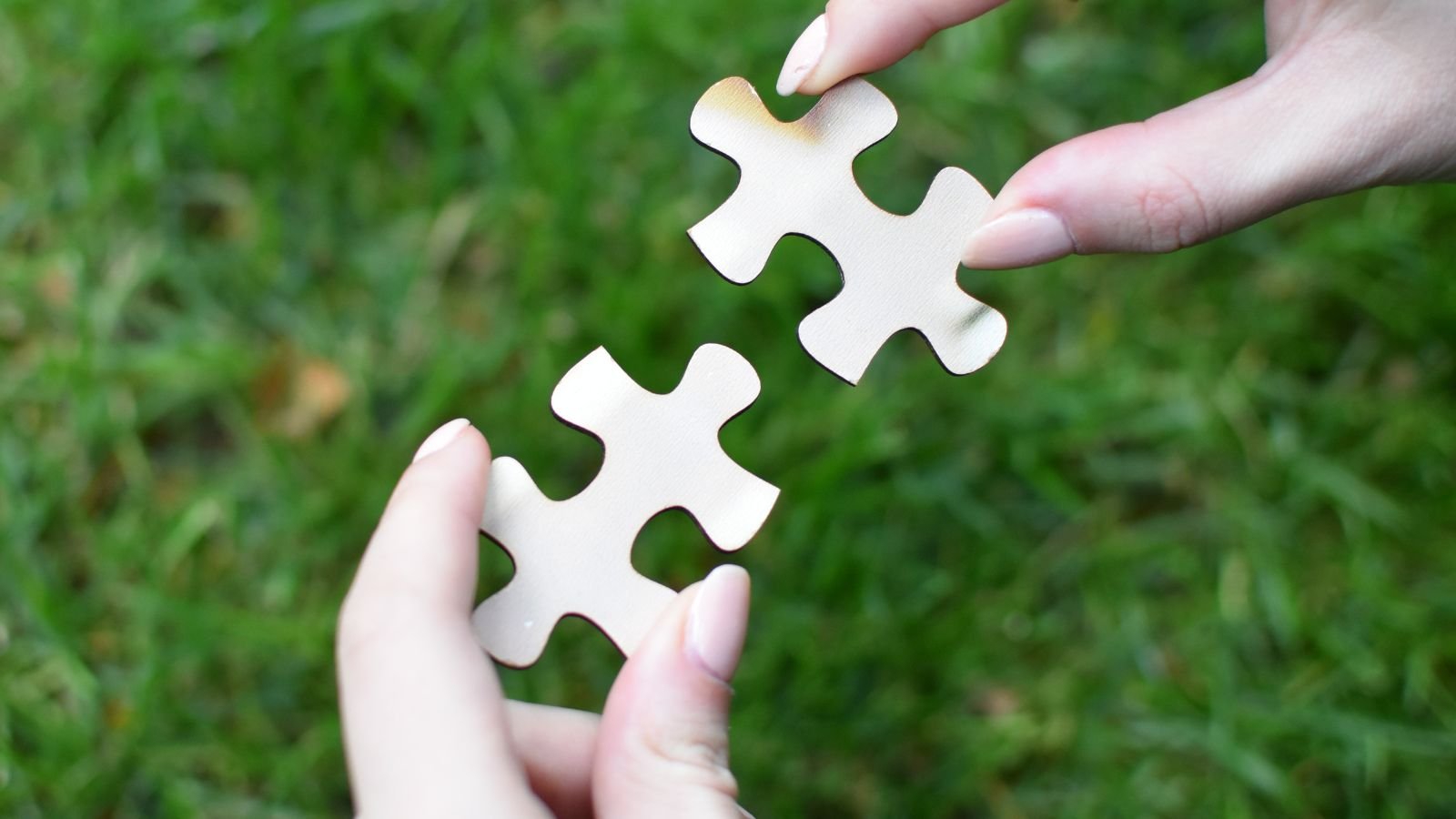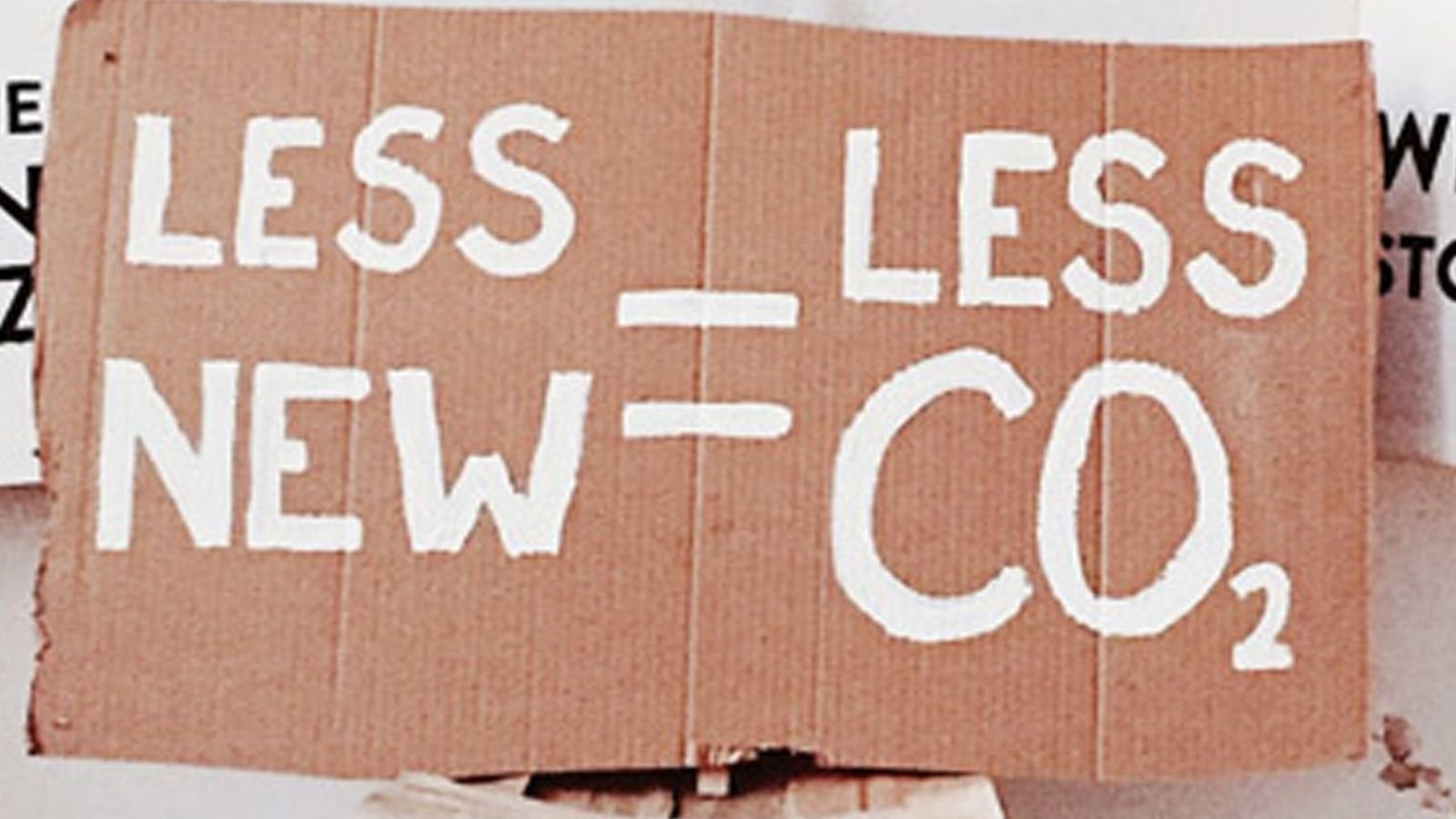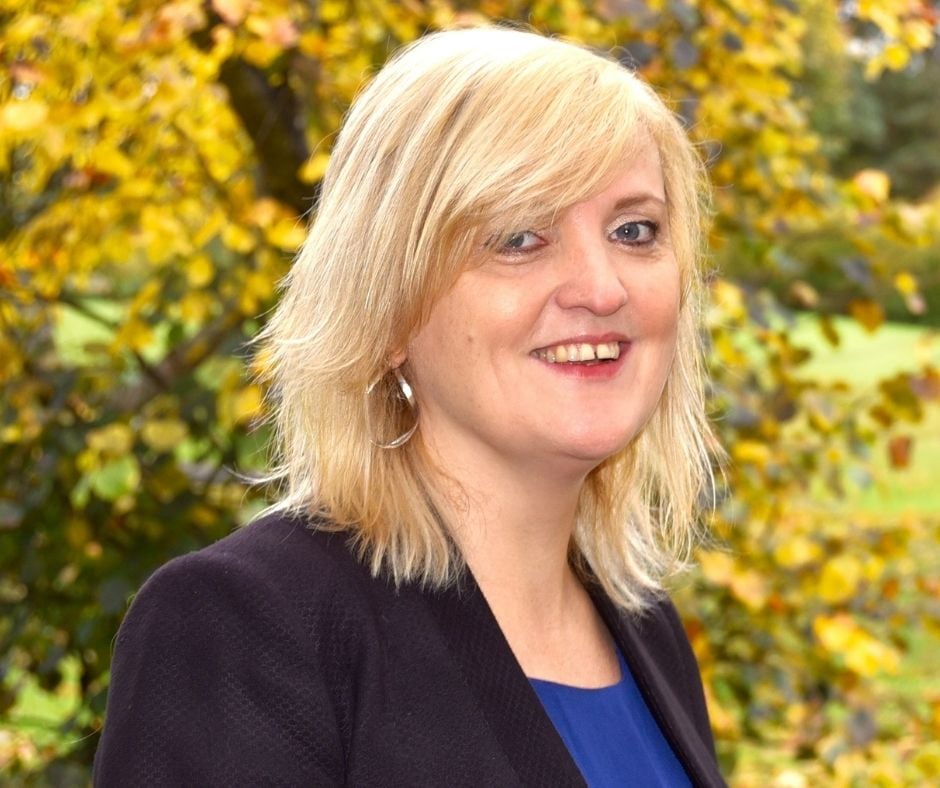Sustainable development is a global priority and aligning with the Sustainable Development Goals (SDGs) is an increasingly recognised way to make a positive impact as an organisation.
What are the SDGs?

The SDGs are the blueprint to achieve a better more sustainable future for all.
There are 17 goals including responsible consumption and production, sustainable cities and communities, climate action, decent work and economic growth, zero hunger, and no poverty. See the end of this article for all 17 goals.
For the SDGs to be realised “everyone needs to do their part: governments, the private sector, civil society and people like you” according to the UN website.
Regardless of size or industry all organisations can contribute to the SDGs.
Each organisation will need to review the 17 goals and determine how and where their business practices fit into those goals.
How does reuse fit in?

Reuse is an integral piece of the jigsaw when setting and achieving circular, sustainability and zero waste strategies. We’ve previously reported on this here.
All 17 SDGs are significant and necessary. However, the twelfth goal in particular addresses responsible consumption and production. This is important when it comes to reuse and the circular economy.
The aims for SDG 12 are to:
Reduce manufacturing impacts by substituting virgin raw materials in products with post-consumer materials through recycling and upcycling.
Reduce waste and ensure that any unavoidable waste is utilized to the fullest degree.
Specifically, it refers to substantially reducing waste generation through prevention, reduction, recycling, and reuse by 2030.
Of course, the circular economy offers benefits that are far-reaching and can support targets for issues addressed by other SDGs such as poverty, hunger, and gender and social inequality.
A circular economy will also create new jobs, support greener public procurement, and bolster responsible business practices.
The SDGs are a universal call to action to end poverty, protect the planet and improve the lives and prospects of everyone, everywhere.
Integrating the SDGs into business models is a way to set these targets and actions.
How Warp It can help

Our mission is to help organisations reuse resources, reduce waste, and embrace circularity. The Warp It reuse service extends the lifespan of goods and products by creating a platform to reuse existing assets. It is designed to make it easy to swap surplus work items within organisations and externally to other organisations, charities, and not-for-profits.
Warp It members are already achieving their sustainability and circular economy goals. Read more about this here.
The 17 SDGs to transform our world are listed below and you can get full details for each here.
- GOAL 1: No Poverty
- GOAL 2: Zero Hunger
- GOAL 3: Good Health and Well-being
- GOAL 4: Quality Education
- GOAL 5: Gender Equality
- GOAL 6: Clean Water and Sanitation
- GOAL 7: Affordable and Clean Energy
- GOAL 8: Decent Work and Economic Growth
- GOAL 9: Industry, Innovation and Infrastructure
- GOAL 10: Reduced Inequality
- GOAL 11: Sustainable Cities and Communities
- GOAL 12: Responsible Consumption and Production
- GOAL 13: Climate Action
- GOAL 14: Life Below Water
- GOAL 15: Life on Land
- GOAL 16: Peace and Justice Strong Institutions
- GOAL 17: Partnerships to achieve the Goal
Make circularity a priority for your organisation and start reusing today. Take the online tour and get in touch to join the Warp It reuse community.
Read our guide to reuse.
Why reuse? The benefits of reusing.
Read our reusing tips and tools.
Get tips to supercharge your reuse success.
Start reusing today and register with Warp It.









